I don't think that there is an easy (or even any) solution to this, but maybe somebody can help me:
I got a GPS module connected to another MCU. The GPS module works on its own and should wake up the MCU when its ready. Therefore, the GPS module has an analog pin that continuously outputs one-second high-level followed by one-second low-level when it is NOT ready (HLHLHL...), and continuously low-level (LLLLLL...) when its ready. The MCU has an input pin that wakes up the MCU on high-level (Hxxxxx...). Obviously, this doesn't fit.
Is there any (easy?) solution to this problem? So I would have to switch HLHLHL... to LLLLLL..., and LLLLLL... to HHHHHH... (or at least Hxxxxx...), so there is at least a short high-level signal, when the GPS module is ready, and no high-level when it isn't. So the analog output of the GPS module has to be inverted.
_ _ _ _
Input (GPS Output): _| |_| |_| |_| |____________________
_______________
Output (MCU Input): ____________________|
